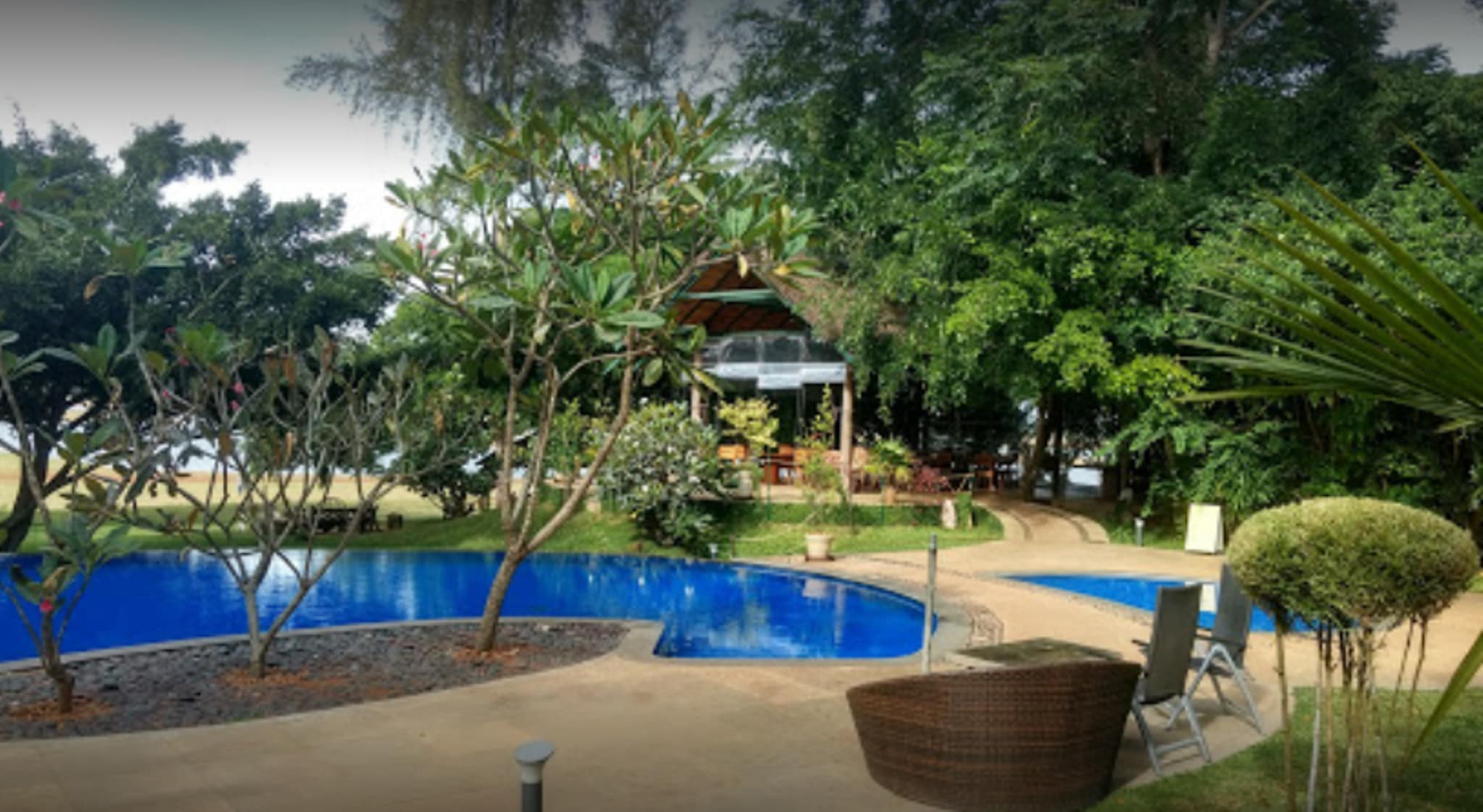Exploring Nepal’s Iconic Himalayan Treks: Langtang Valley, Everest Base Camp, Annapurna Base Camp, and Manaslu Circuit
Nepal, nestled in the heart of the Himalayas, is a trekker’s paradise, offering some of the world’s most breathtaking trails that combine natural beauty, cultural immersion, and physical challenge. With over 8 of the world’s 14 highest peaks, the country attracts adventurers seeking to test their limits amid stunning landscapes. Among the myriad options, four stand out for their unique appeal: the Langtang Valley Trek, Everest Base Camp Trek, Annapurna Base Camp Trek, and Manaslu Circuit Trek. These routes vary in difficulty, duration, and highlights, catering to both novice and seasoned hikers. This article delves into each, providing insights into what makes them special, while emphasizing preparation and the best times to embark. Whether you’re drawn to serene valleys or towering summits, these treks promise unforgettable experiences.
Langtang Valley Trek
The Langtang Valley Trek is often hailed as a hidden gem, offering a blend of alpine scenery, diverse wildlife, and rich Tamang culture close to Kathmandu. Starting from Syabrubesi, reachable by a 6-7 hour drive from the capital, this trek ascends through lush forests of rhododendron and bamboo, past cascading waterfalls, and into glacial moraines. The valley, part of Langtang National Park, is home to rare species like red pandas and snow leopards, adding an element of wildlife spotting to the journey.
Typically lasting 6-10 days, the trek covers about 60-70 km with daily hikes of 5-8 hours. It’s rated moderate, with the highest point at Kyanjin Ri (4,773m), where trekkers can enjoy panoramic views of Langtang Lirung (7,234m) and other peaks. Altitude gain is steady, but the risk of sickness exists due to rapid ascent, so acclimatization days are crucial. Highlights include visiting ancient monasteries like Kyanjin Gompa, tasting local yak cheese, and witnessing the resilience of communities rebuilt after the 2015 earthquake.
The best time to trek is spring (March-May) for blooming flowers or autumn (September-November) for clear skies and mild temperatures. Summers bring monsoons, making paths slippery, while winters can be snowy but offer solitude. With teahouses along the route providing basic lodging and meals, this trek is accessible yet less crowded than its famous counterparts, making it ideal for those seeking authenticity.
No list of Nepalese treks is complete without the Everest Base Camp Trek, a bucket-list adventure that leads to the foot of the world’s highest mountain. Beginning with a thrilling flight to Lukla (2,860m), the trail winds through Sherpa villages, suspension bridges over roaring rivers, and rhododendron forests, culminating at Base Camp (5,364m).
The standard itinerary spans 10-14 days, covering approximately 130 km round trip, with 5-7 hours of daily walking. Rated strenuous due to high altitude and steep sections, it demands good fitness; challenges include thin air above 4,000m and potential weather changes. Key highlights are the viewpoint at Kala Patthar (5,545m) for sunrise over Everest, exploring Tengboche Monastery, and immersing in Sherpa culture with visits to Namche Bazaar, the bustling gateway to the Khumbu region.
Optimal seasons are spring (March-May) for wildflowers and autumn (September-November) for stable weather and crystal-clear views. Monsoon rains from June-August make trails muddy, and winter (December-February) brings extreme cold, though it’s possible with preparation. Teahouses offer hearty meals like dal bhat, and porters can lighten loads. This trek not only tests physical endurance but also fosters a deep appreciation for the Himalayas’ majesty and the communities that thrive there.
Annapurna Base Camp Trek
The Annapurna Base Camp Trek, also known as the Annapurna Sanctuary Trek, delivers dramatic scenery in a relatively short timeframe, encircled by the Annapurna massif. Starting from Nayapul near Pokhara, the path ascends through terraced fields, Gurung villages, and dense forests, leading to the amphitheater-like base camp at 4,130m.
Duration is usually 7-12 days, spanning 80-100 km with moderate daily hikes of 5-7 hours. Difficulty is moderate to challenging, with steep stone steps and altitude, but it’s more accessible than longer circuits. Standout features include close-up views of Annapurna I (8,091m), Machapuchare (6,993m), and Hiunchuli, plus natural hot springs at Jhinu Danda for post-trek relaxation. The biodiversity is rich, with chances to spot langur monkeys and colorful birds.
Prime trekking windows are autumn (September-November) for post-monsoon clarity and spring (March-May) for rhododendron blooms. Avoid monsoons due to leeches and landslides. Accommodations are plentiful, with lodges serving varied cuisine. This trek’s appeal lies in its variety—from subtropical lowlands to alpine heights—offering a comprehensive Himalayan experience without extreme remoteness.
Manaslu Circuit Trek
For those craving an off-the-beaten-path adventure, the Manaslu Circuit Trek circles the eighth-highest peak, Manaslu (8,163m), blending remote wilderness with Tibetan-influenced culture. Accessible via a drive to Soti Khola, the route traverses the Budhi Gandaki Valley, ancient monasteries, and high passes.
It generally takes 12-18 days to complete the 177 km loop, involving 6-8 hours of daily trekking. Rated challenging (7-8/10), it features the demanding Larkya La Pass (5,160m), requiring strong fitness for steep ascents and potential snow. Highlights encompass stunning glaciers, diverse ethnic villages like Samagaon, and views of peaks such as Himlung Himal. As a restricted area, it requires permits and a guide, ensuring low crowds and preserved authenticity.
Best undertaken in spring (March-May) or autumn (September-November) for favorable weather and festivals. Winters are harsh, and monsoons risky with floods. Camping or basic teahouses provide shelter, with local foods like tsampa adding cultural flavor. This trek rewards solitude and profound connections to Nepal’s untamed side.
Conclusion
Nepal’s Langtang Valley, Everest Base Camp, Annapurna Base Camp, and Manaslu Circuit Treks each offer distinct journeys into the Himalayas, from cultural depth and wildlife to epic summits and remote serenity. Whether you’re a first-timer opting for the moderate Langtang or a veteran tackling Manaslu’s rigors, these paths demand respect for altitude, weather, and local customs. Preparation is key: train physically, pack essentials like layers and trekking poles, and hire guides for safety and insights. As climate change impacts these regions, sustainable practices—such as leaving no trace and supporting local economies—are vital. Ultimately, these treks transcend physical feats, fostering personal growth and awe at nature’s grandeur. Plan your adventure today, and let the mountains transform you.
Contact Details
——————————–
Company address: Everest Trekking Routes Pvt. Ltd.
16 Khumbu, Nayabazaar, Kathmandu, Nepal
Mobile : +977-9843467921 (Rabin)
Email: info@everesttrekkingroutes.com
URL:– www.everesttrekkingroutes.com












